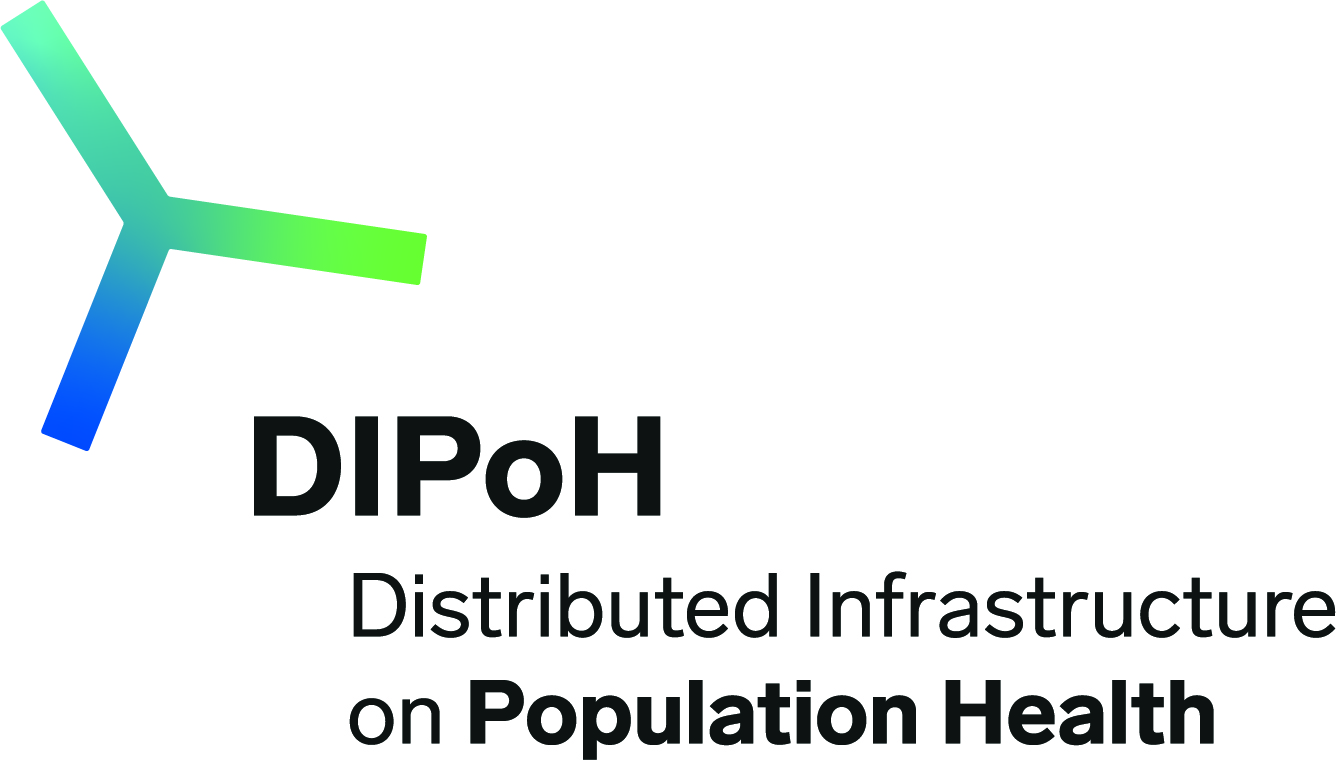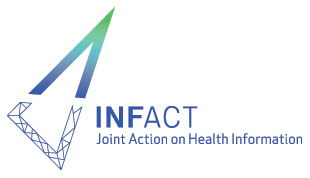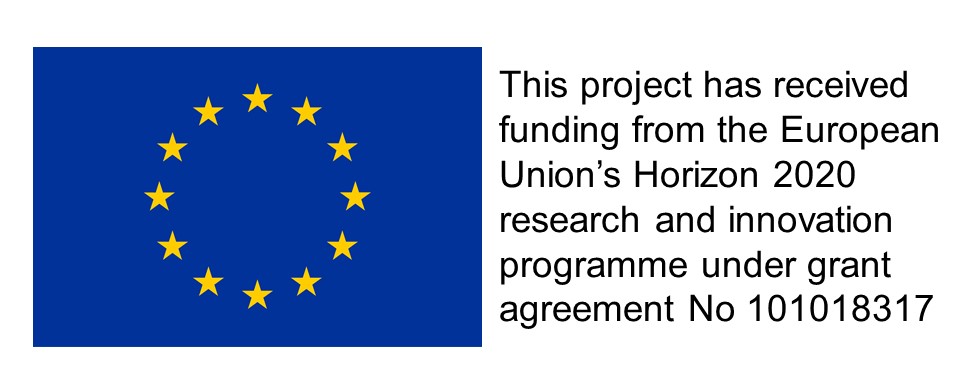Health information infrastructure and management
The ministry of health has established a multisectoral HIS coordination mechanism with the other main HIS stakeholders in the country (e.g., a task force on health statistics); this coordination mechanism has a clear role and mandate.
There is the Statistics Council established by Statistics Norway (coordination body for official statistics) that includes representative from NIPH. There are several working groups consisting of relevant stakeholders regarding health statistics (primary health care, specialist health care, etc.). There is the National Advisory Board for e-Health (national governance, coordination and standardization) established by Norwegian Directorate of eHealth. Norwegian Board of Health Supervision is an independent authority responsible for the general supervision of the health services of Norway.
Norwegian Directorate of Health sets up policy and maintain quality assurance of HIS implementation and usage. All personally identifiable health registries have a quality control system in place. There are also public consultations on usefulness of knowledge/information products. Within SN tools for quality assurance comprise user surveys, quality reports, the use of quality indicators, measurement and analysis of process variables, risk management and internal or external quality reviews as European peer reviews.
The country has adequate capacity to: (1) implement data collection; (2) process the data; (3) analyse the data: and (4) disseminate the analyses and the (micro)data.




